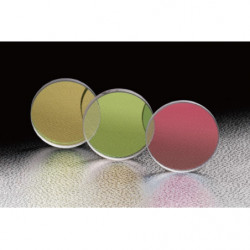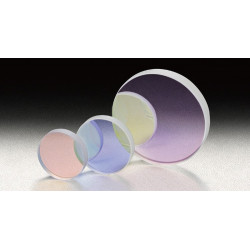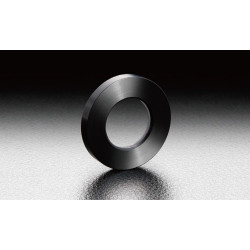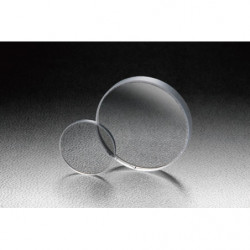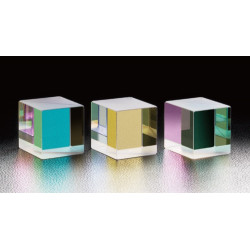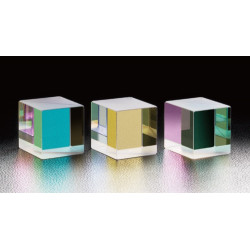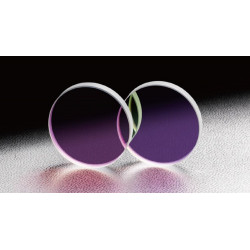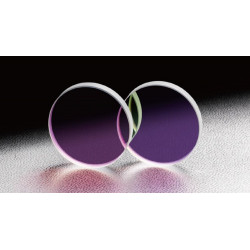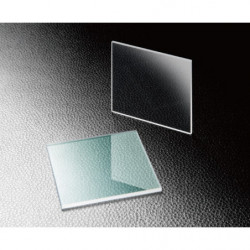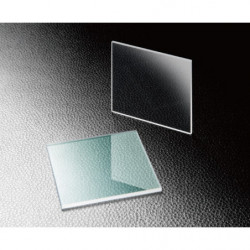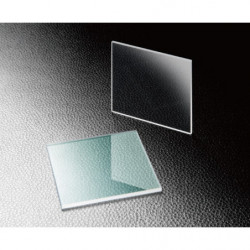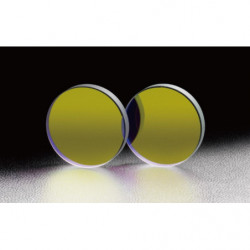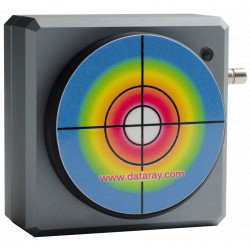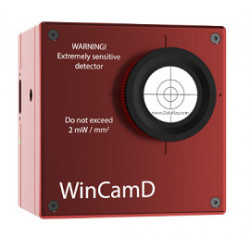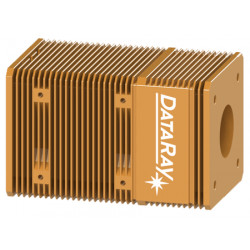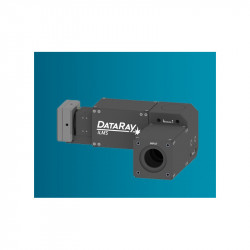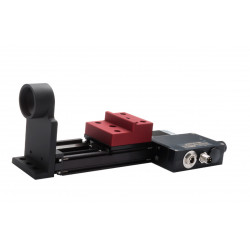OSE-PSMH-LL

Optics & Optomechanics
OSE-PSMH
Broadband Dielectric Half Mirrors
OSE-MPSMH
Thin Plate Beamsplitter
OSE-PSCH
Chromium Plate Half Mirrors
OSE-CSM33
Dielectric Cube Beamsplitters, 1:2
OSE-CSM25
Dielectric Cube Beamsplitters, 1:3
OSE-PSM33
Dielectric Plate Beamsplitters, 1:2
OSE-PSM25
Dielectric Plate Beamsplitters, 1:3
OSE-VBS
Variable Beamsplitter
OSE-YHS
Harmonic Separators
Popular Products
DAT-WinCamD-LCM
Laser Beam Profiler WinCamD-LCM
This laser beam profiler features a CMOS sensor that guarantees frame rates of up to 60 Hz with high dynamics and is suitable for large beam diameters up to 11 mm.
DAT-WinCamD-IRBB
2-16 micron Laser Beam Analyzer
The beam analysis camera WinCamD-IR-BB with integrated microbolometer array enables analyzes on long-wave lasers in the range of 2 μm to 16 μm.
DAT-WinCamD-QD-1550
Laser Beam Profiler WinCamD-QD-1550
DataRay's ILM system is used for beam profile monitoring of high power lasers consisting of an attenuator for high powers, an imaging lens system and a camera system. The measurement of very small laser beams with diameters of less than micrometers is possible despite often high laser powers.
DAT-M2DU
M2 Option for WinCamD
A main feature of the WinCamD is the optional M2 Stage. Thus, it can be easily extended to a complete M2 measurement system.


